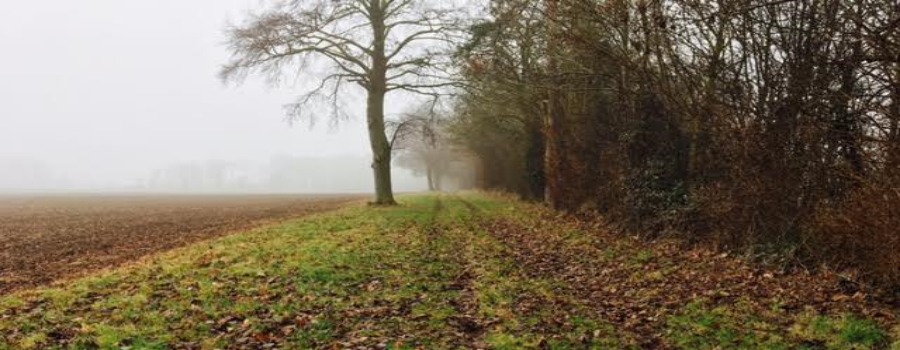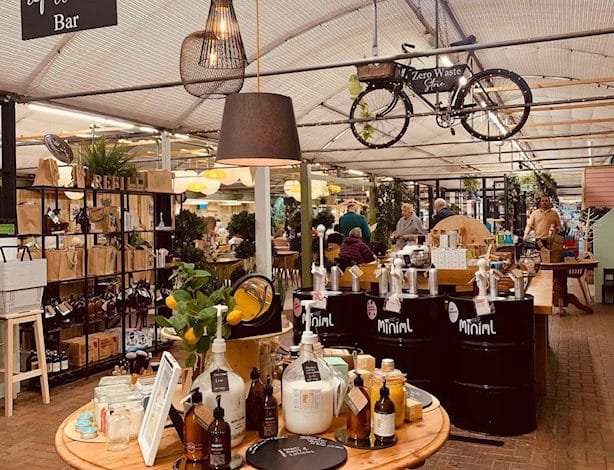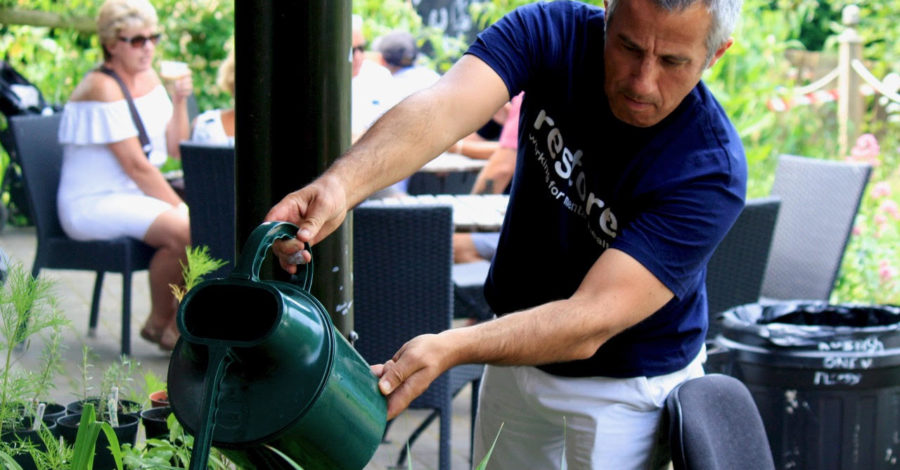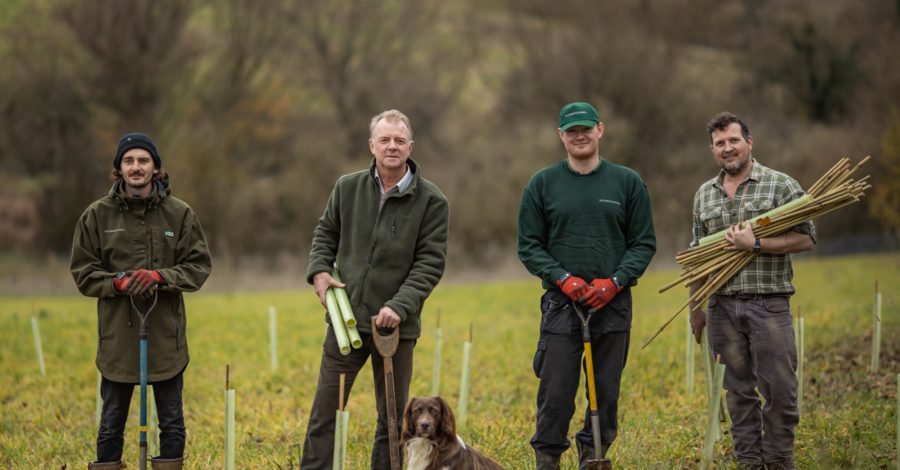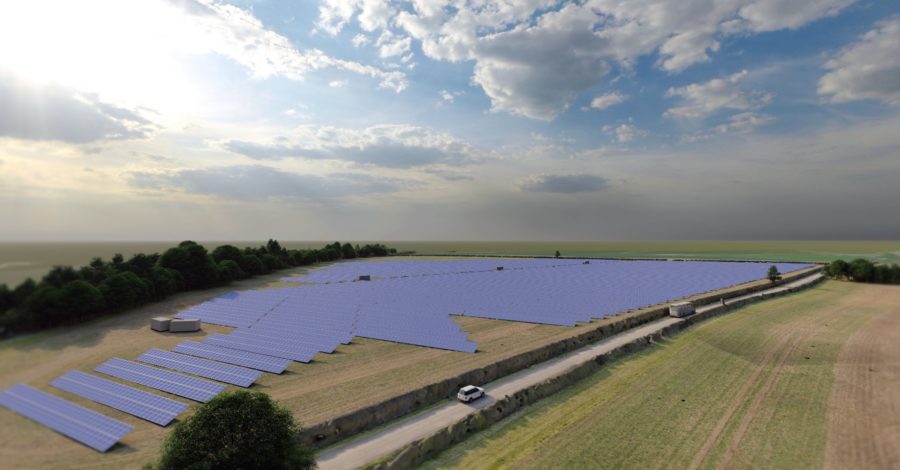[dropcap type =”Circle”]S[/dropcap]ignificant improvements are being made in the way England’s farmland is being managed to benefit the environment, but many farmers go unrewarded for delivering these ‘public goods’, according to over 500 farmers who participated in a survey by the Campaign for the Farmed Environment (CFE).
The findings highlight the diversity and extent of measures being implemented to help protect water quality, soil health and farm wildlife. Some 90% of respondents had improved their soil management, 81% had increased their efficiency in using pesticide and fertilisers, and 73% had adopted nutrient management planning.
However, the findings also reveal how much work is currently undertaken without any payment from the current stewardship schemes. For every farmer receiving an agri-environment payment for sowing a pollen and nectar mix, another farmer is doing the same voluntarily. About twice as many arable farmers are providing supplementary feeding for birds and about four times as many are sowing catch and cover crops at their own expense outside any scheme.
AGRI-ENVIRONMENT SCHEMES
The appetite for improved and simplified agri-environment schemes was strong with three-quarters stating that better financial support would encourage them to make further beneficial changes. Over 90% felt that responding to land conditions was highly important in their decision making and over half would like to see options that better fitted within businesses, suggesting a desire for more flexibility in future schemes and something that can be addressed at policy level as UK Government looks to new support mechanisms post-Brexit.
Farming Minister George Eustice said: “As we leave the EU, we have an unprecedented opportunity to deliver a farming policy which rewards farmers for delivering public goods, including sustainable food production and protecting the environment.
“We know that farmers are passionate about the environment they work in, and many are committed to ensuring wildlife can thrive on their farms. Our consultation, which runs until 8 May, is asking for views from farmers and others in the industry on how we can best support farmers in their efforts to care for the natural environment while also producing high-quality food.”
Despite the current lack of financial incentive, much is being achieved as the CFE survey reflects. The vast majority had grass buffers in place to protect water courses while 60% of the arable and mixed farmers had supported farmland birds through supplementary feeding and wild bird seed mixes. Around 65% had sown flower-rich mixes to support pollinators and over 80% of livestock farms had fertiliser-free permanent pasture, benefiting wildflowers and insects. Other popular measures include over-wintered stubbles, catch and cover crops and watercourse fencing.
ENVIRONMENTAL BEST PRACTICE
NFU Deputy President Guy Smith said: “The NFU welcomes the recognition that many farmers balance food production with care for wildlife and protecting soils and water. CFE is a unique industry-led partnership that has engaged thousands of farmers in environmental best practice over many years. We look forward to working with Government on future delivery of CFE.”
CLA Vice President Mark Tufnell said: “Despite no financial incentive, this level of engagement with CFE demonstrates farmers’ and landowners’ credentials as custodians of the land. CFE helps the industry through its educational and collaborative approach, and we look forward to continuing this industry partnership through a time of significant policy change.”
Many farmers commented positively on how their actions had led to wildlife thriving and healthier soils on their farms.
One farmer said that it was “very satisfying to put something back” and another, echoing thoughts shared by many, added: “I like to live and work in a pleasant, healthy, attractive environment and enjoy seeing a wide variety of wildlife, while trying to ensure our business remains profitable and viable.” Another farmer reflected: “What motivates me is to lead by example and show people that the countryside is not something that just happens. Landowners and farmers do far more than the majority realised year by year, generation by generation. I always say that every view, every hedge and wall is created over many years. Never take it for granted.”
Jim Egan of GWCT’s Allerton Project and Chair of the CFE Delivery Group said: “It’s great to see this strong and continuing commitment. The outcomes demonstrate good environmental delivery on commercial farms to benefit wildlife and protect watercourses. This reflects the messages delivered at CFE events over the past 18 months.”
Geoff Sansome, Head of Agriculture, Natural England, said: “These responses confirm farmers’ dedication to the natural environment and it’s great that they continue in such uncertain times. I am glad that many of these actions are those we can now support through the much simpler Countryside Stewardship offers, and that farmers can be properly rewarded for their efforts.”

